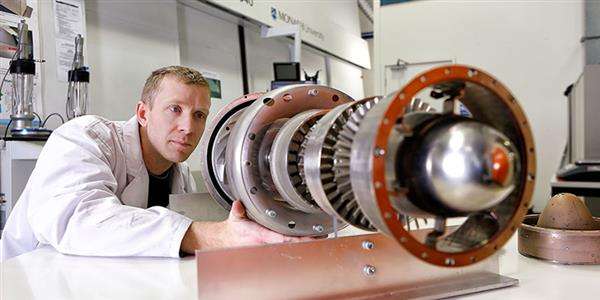13 Oct 2015
HEMS- Requirements and Procedure
HEMS- Requirements and Procedure :
For carrying our Air Ambulance Service by Helicopter DGCA has laid down various requirements for operations in INDIA as follows :
HEMS CERTIFICATION REQUIREMENTS
An operator intending to utilise a helicopter for the purpose of HEMS shall obtain specific approval by DGCA for HEMS operations. To obtain such approval, the operator shall:-
- (a) hold an Air Operators Certificate.
- (b) limit utilisation of the helicopter exclusively for HEMS tasks.
- (c) demonstrate cohesion and coordination of HEMS activities with local/state/national EMS structure.
- (d) establish geographic area of operations of 60 nm radius from HEMS operating base.
- (e) validate compliance with OpSpec requirements enumerated in this Operations Circular.
HEMS :HELICOPTER EQUIPAGE REQUIREMENTS
The helicopter being utilised for HEMS shall comply with the following equipment requirements:-
- (a) Category A multi-engine helicopter, for safety and capability to undertake performance class 1 or 2 operations over congested hostile terrain.
- (b) IFR certificated, for operations in positively controlled environment thereby increasing safety.
- (c) Helicopter Terrain Awareness and Warning Systems (HTAWS) with up to date terrain database for geographic area of operations for prevention of CFIT, obstacle strike accidents and risk mitigation for day/night operations. The equipment shall be in conformity to RTCA DO-309, Minimum Operational Performance Standards (MOPS) for Helicopter Terrain Awareness and Warning System (HTAWS) Airborne Equipment.
- (d) Flight Recorder System with specifications applicable to lightweight flight recorders as specified in EUROCAE ED 155, Minimum Operational Performance Specification (MOPS) consisting of aircraft data recording system (ADRS), cockpit audio recording system (CARS), airborne image recording system (AIRS) and/or a data link recording system (DLRS).
- (e) Helicopter Usage Monitoring System (HUMS) capable of recording flight performance data for risk assessment to provide engine reliability statistics for alleviation when safe forced landing is not assured.
- (f) Airborne weather radar, for safe operations in adverse weather conditions.
- (g) Aircraft Tracking system which is a ground based process to maintain and update at standardised intervals, a record of the four dimensional position of the aircraft in flight so that aviation security and air traffic concerns can be mitigated.
- (h) Wire Strike Protection System (WSPS) installation, for ensuring safety by reducing risks of an unseen potential wire entanglement in the HEMS operating site.
- (i) In case of night operations, NVIS equipment and compatible lighting system for improving situational awareness (SA) at night and increasing safety in low altitude operations. The NVIS equipment shall be as far as practicable Generation III and must meet the requirements stipulated in RTCA DO-275 or TSO C164 and comply with the applicable instructions of continued airworthiness.
- (j) In case of night operations, a fully trainable NVIS compliant searchlight operable by the pilot for identifying obstructions around HEMS operating site and illuminating the landing area.
- (k) Integrated communication suite on the aircraft that enables voice communication between cockpit and ground EMS and also on police radio channels. Continuous communications cover shall also be available between the helicopter and HOCC on sat/VHF/GSM links which could be either/or be data/voice.
- (l) EMS adapted interiors. The helicopter interiors should be as far as practicable EMS adapted with gapless panelling to prevent leakage of fluids into interior spaces with flame retardant moisture-resistant interior panels.


